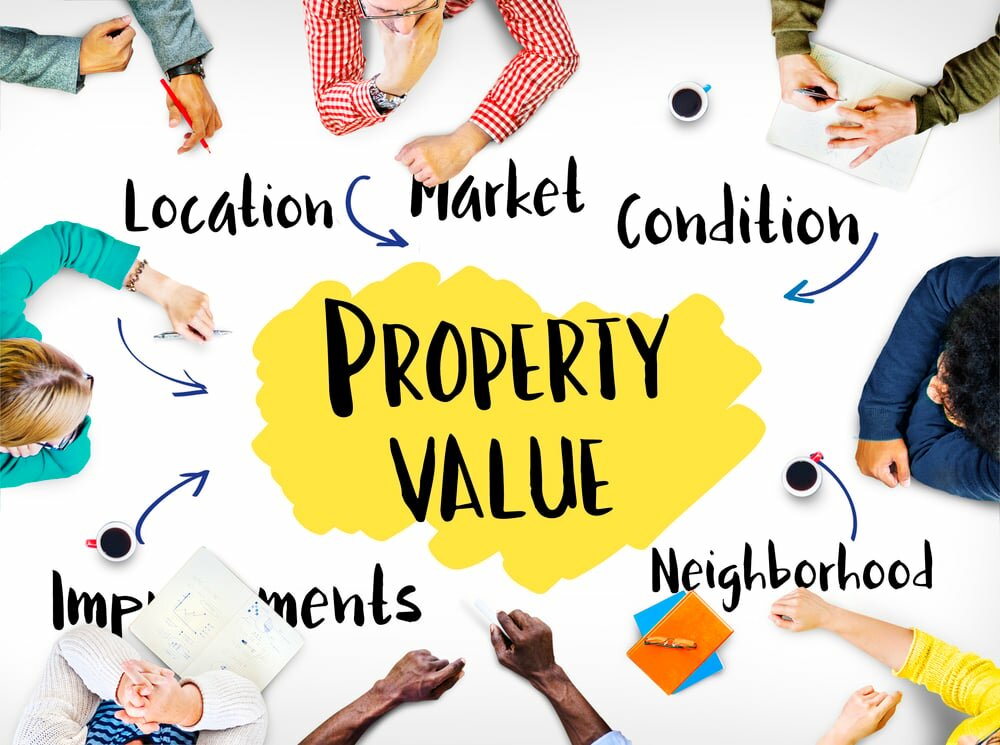The housing market is becoming greener than ever. Amidst a robust market performance, driven by historically low interest rates, buyers are increasingly setting sustainability standards for their new homes.

Statistics show that Millennials are now the biggest buyer group on the market. Especially for this generation, the immediacy of the climate crisis is a personal issue. As natural disasters from wildfires to hurricanes are becoming more frequent, environmental considerations have taken center stage for many younger buyers.
It is therefore not surprising that these buyers are willing to pay more for eco-friendly, sustainable homes.
Among those who can afford it, the trend is towards custom-building green homes. Those who’re looking to buy, in the meantime, are prioritizing environmentally-friendly components in property listings.
For property owners, this means that investing in green features will boost both value and appeal to an eco-conscious real estate market. Here is a closer look at the top 5 sustainability upgrades that buyers want to see in properties.
First off, equipping your property with appliances with high-efficiency energy ratings is a massive plus. Especially if you’re aiming to sell an apartment, buyers will reward it with higher interest in your listing.
From washers and dryers to fridges and freezers, make sure to acquire Energy Star-certified appliances. For buyers, these don’t just relieve their ecological consciousness (and their carbon footprint). Energy efficient appliances also lower utility bills.
Improving insulation is one of the larger-scale measures on this list. It’s also the one with the biggest pay-off in terms of energy cost.
Some insulation measures are fairly straightforward and budget-friendly. Sealing off air leaks, especially in attics, is a good first step. After that, insulating ductwork and the water heater should be on your sustainability to-do list.
To be more thorough, exchanging old windows and doors is crucial. Modern windows actually offer better insulation than bare walls. As a bonus, they let in more natural light - another sought-after home feature among buyers.
If you want to go all-out, you can add an additional layer of insulation padding either on the outside or inside of your property. When opting for this, consider using certified sustainable or recycled materials.
In a recent NAR survey, 85% of realtors stated that solar panels were available in their markets - and 36% believed that they increase the perceived value of properties.
For buyers, solar panels entice with a promise of lower electricity bills and - more importantly - independence. Apart from having the eco-consciousness boost of generating clean energy in their own homes, they will be able to rest assured that there is a back-up system in case the electricity grid gives out. Looking at the situation in California, it may well be an investment worth making for many.
Heating and cooling are the two most energy-intensity aspects of a home. That’s why efficient HVAC systems are a sustainability must.
At a minimum, install programmable or smart thermostats to control both the heating system and air conditioning.
If you’re considering a more extensive overhaul, look at radiant floor heating. This is fairly expensive to install, but much more efficient than forced-air heating. It will also give the property’s new occupants a cozy feeling.
For heating systems currently based on oil and gas burners, pellets are a more sustainable alternative.
One of the greenest heating options currently available are geothermal systems. Unfortunately, they are on the expensive side due to the major drilling work involved. A more budget-friendly alternative are ground and air heat pump systems, which can also double as cooling.
Finally, properties that come with native water-saving and recycling systems have something to boast about in listings.
Water-saving features are often cheap and easy to install. Prime examples are water-conserving fixtures and low-flow toilets, as well as low-flow shower heads.
In terms of recycling water, rainwater catchment and gray water recovery and recycling systems are on top of the list. These help buyers cut back on water bills and increase water security in their homes.
Also make sure to consider a stormwater management strategy. With high-intensity rainfall events becoming more and more commonplace, buyers will be glad to know that the property they’re looking at has suitably dimensioned systems and water-permeable surfaces.
Sustainability is undeniably becoming ever more important in the real estate market. Buyers benefit not only from a clearer ecological conscience, but also increased personal security in uncertain times, and instantly reduced utility bills.
Property owners have to adjust. Even small-scale improvements like installing energy-efficient appliances or smart thermostats will boost your property’s market value. In the long run, though, even larger investments like insulation and solar panels will pay off.
In Muskoka it's possible to cut your municipal water usage by 80% and save $1,000/year with extreme water conservation and substituting FREE non-potable water for toilets, plants, lawns and other uses.
Most of your usage does not have to be potable water.
For money saving ideas search "Oppose Bracebridge Sewers" for the website.
FREE non-potable water includes rainwater, ground/sump pump water, a/c and dehumidifier condensate and gas furnace condensate. Condensate is super clean so doesn't need to be filtered but gas furnace condensate is slightly acidic so shouldn't be used on plants.
In areas where sump pumps are common you may find a shallow <10' well provides all the non-potable water you can use. YouTube can show you how to dig this.
A fully automatic DIY non-potable water supply for a toilet can be only $100.
Much cheaper than a new, low flow toilet for ZERO municipal water usage.